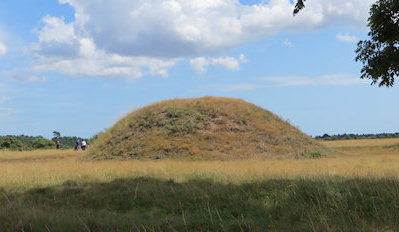
It’s really strange to suddenly find yourself in the midst of one of your old school text books.
Even in Australia we were taught about Sutton Hoo – the burial mounds in Suffolk that contained an Anglo-Saxon ship and a vast treasure. I now know we were taught just a tiny part of a fascinating story.
The legend of the woman who “discovered” the tombs is an interesting as what she found.
Sutton Hoo is now a National trust Site – an area containing many burial mounds and a large house (there are sheep and rabbits too, but that is of lesser importance).
My visit started in the museum which told the story of the burial mounds – in particular – the great discovery of an untouched mound that had escaped the tomb robbers and held a whole ship entombed inside. There is commonly believed that this is the tomb of Rædwald, the 7th century king of East Anglia.
The treasure was not quite the pots of gold of my schoolgirl imaginings. There is, of course, the amazing helmet which now sits in the British Museum – and some beautiful gold pieces as well as glass and iron artefacts. But the light the find threw onto a misty period of history was astounding.
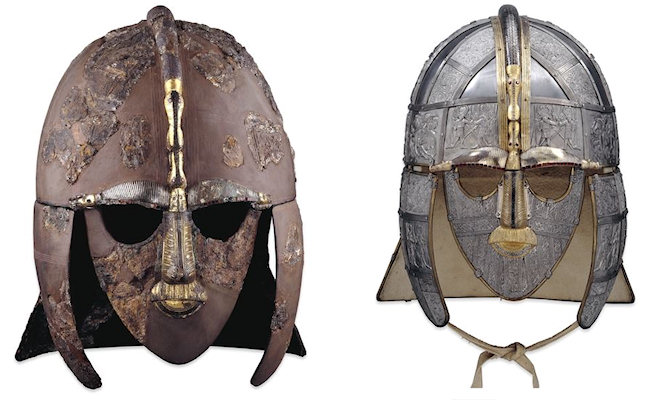
There were – are – dozens of graves – and not just of a king. There are common folk and warriors. There are cremation sites and shallow graves. In one grave they found a young warrior – and his horse.
Which brings me to Edith May Pretty
Fascinated as I was by the story of the mounds – the story of Edith Pretty really touched my writer’s soul.
Edith Dempster was born in 1883 – daughter of a wealthy Yorkshire industrialist. After a privileged upbringing she settled down to do good works. She met Frank Pretty when she was fifteen – and legend has it he proposed to her on her 18th birthday. She said no – possibly due to her father’s disapproval of the young man.
Frank was not deterred – and allegedly proposed to her on her birthday every year for the next 24 years.
Edith said no every time – choosing to remain with and care for her widowed father. Six weeks after her father died – they announced their engagement. Now that’s what I call steadfast love!
They moved into a lovely home in Suffolk that had been built by a successful artist.
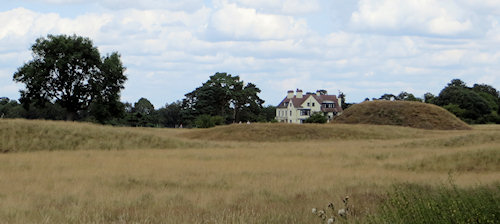
Five years later, against all odds, they had a son. But their happiness was to be short lived. Frank died when his son was only four years old.
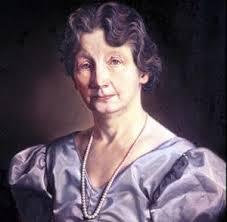
After her husband’s death, it is said Edith (or perhaps one of her guests) saw a ghostly vision among the mounds that were so clearly visible from her house. Some suggest a ghostly warrior on his horse (I like to think it was on the mound where they would later discover the horse and warrior). Another tale suggests Edith saw a funeral procession moving though the mounds.
Whatever the reason – she invited an archaeologist, Basil Brown, to come and dig there – and the rest, as they say…
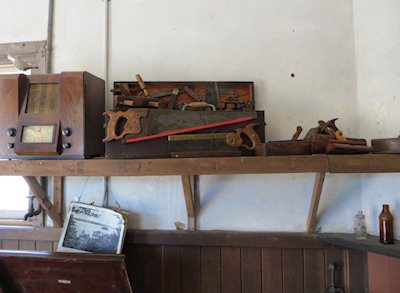
When the size of the find became apparent – an ‘inquest’ was hastily convened to determine if this vast treasure belonged to Edith or to the Crown. The decision was in Edith’s favour.
The Daily Mail of the time was incensed – its headline announcing that the treasure had gone “to a woman”. The paper also remarked that the decision was made by “fourteen country jurymen” who had been summoned by the village constable.
I wonder what the Daily Mail had to say a few days later – when this remarkable woman gifted the entire find to the nation. She died three years later.
Wandering around the site – it’s too easy just to see a few mounds of dirt and an old house – a nice old house in reasonable repair, but nothing spectacular.
Until you stand by the morning room window and look out at the mounds and think about the story of Sutton Hoo. Of the great King Rædwald and the woman who found his grave.
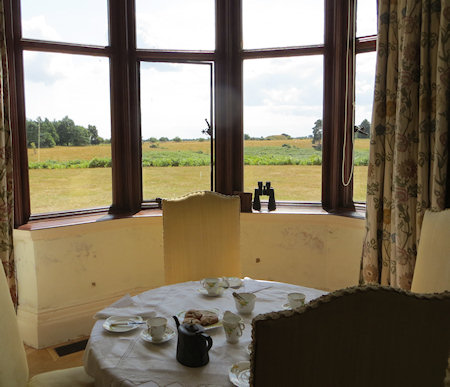
There may still be much more to be found – archaeologists have discovered other nearby sites of great interest. And then there are those Sutton Hoo mounds that were left untouched for the future.
At some point, I’m sure, they will start digging again – what an exciting thought.

Comments
12 responses to “Who was at Hoo?”
Read this with great interest. I come from Colchester in Essex and still have friends and relatives who live there. Went to Sutton Hoo about five years ago on a very hot sunny day. The story is intriguing although I was a little disappointed with the exhibition as I didn’t find it as captivating as others I’ve been to – Stonehenge for example. I hate to say it but I found the actual mounds a bit of an anti-climax. We did spend a very enjoyable hour or so afterwards walking around the estate with the dog. The National Trust site is a great improvement on twenty years ago however. I remember spending an hour with my husband and four year old son driving around the Suffolk countryside trying to find the site and being unable to do so as there was only one signpost and it didn’t give any clues to how to get there.
Ah Jackie – Stonehenge is one of my favourite places in the world. There is magic there, I am sure of it. Sutton Hoo lacks the grandeur of Stonehenge – its a more human place, I thought. We are members of both English heritage and the National trust – and I love visiting their sites. Both organisations do a wonderful job of preserving places that might otherwise be lost. J X
Hi Janet.
I love the story of Sutton Hoo. Having always loved history, this story fascinated me. When I was around twelve or thirteen, I went to a local jumble sale and picked up a book all about the discovery with photos inside. I devoured it. Though I didn’t know the story of who and how it was discovered. Thanks for sharing a really interesting love story and its history. There could be a novel there waiting to be written.
Lorraine x
Glad you enjoyed the post Lorraine. I did find it very inspiring – you never know where a novel s waiting to strike 🙂
That’s an amazing love story, Janet. I’ve read about the finds, but never seen that view through the window. It makes you catch your breath to think people had lived there, looking out at that amazing site for so long before it was excavated. Romance, history, there’s something about the Sutton Hoo story for everyone.
The view through the window really touched me Christina. I could just imagine her sitting there – looking at the mounds and wondering… and then later, watching the excavations. I think she must have been a rather remarkable woman.
I remember being brought up with the tale of Sutton Hoo – it fascinated my mother as much as it fascinates me now. So many stories to be told… Love your pictures of the actual site, it’s the first time I’ve seen the ‘humps’ in reality. Would love to go and visit so thanks for giving me the chance to see it all by proxy.
It’s well worth a visit Jane. The museum was really interesting – and the site itself just opened up the imagination. J X
I agree with Jane. Thanks for showing them to us.
Lorraine
This is fabulous! Oh to have seen the spectre that lead to these great discoveries! Edith is/was an amazing woman. She was selfless; she cared for her father and put off getting married and then giving her land and the treasures it held to the nation and world. Brava Edith!
There’s a ghost story there Chanpreet – and a love story. And history… I agree – Brava Edith!!
I really enjoyed this post, Janet. I love the objects, like the helmet and shield, that are in the British Museum and I’ve always wanted to visit the place they came from. It was great to learn how the excavations came about.